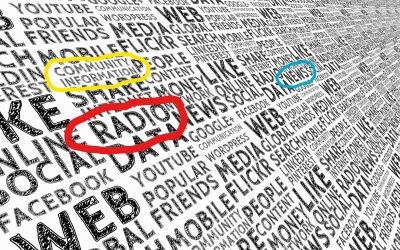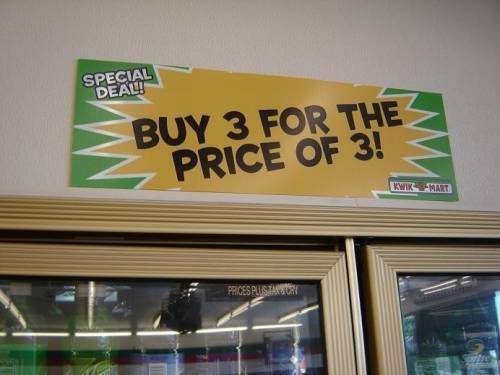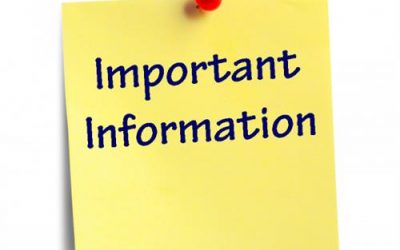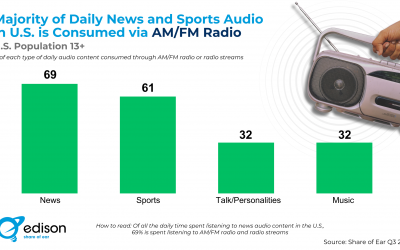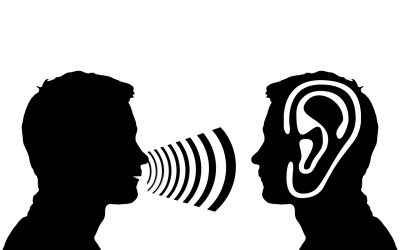Subscribers to my Free Sound Advice Newsletter received this information last month. If you'd like a free subscription, just email me: Scott@ScLoHo.net and ask. As a business owner, it's easy to get caught up in the day-to-day grind. But the real magic to keep your...
Marketing and Advertising Insights
Create A Personal Brand Preference with Radio
One of the questions I sometimes get when people learn I work for a radio station is, "Do People Still Listen To The Radio?" And those are honest, sincere people, not being sarcastic. I can honestly tell them and you, "Yes." The day this article and podcast goes live,...
What’s Your Sign?
You’re standing on the 50-yard line in a stadium filled with 50,000 people. The lights are bright, the crowd is buzzing, and you – yes, YOU – are holding a massive sign advertising your business – and it’s about to be even bigger up on the “jumbotron”. This is your...
Make It Personal
One of the best marketing tips I can give you is the title of this article and podcast episode: Make it Personal. Despite all the new tech and capabilities of AI generated stuff, it's people you need to connect with. This is my anniversary week. Kathy and I met 25...
The 2025 Fort Wayne Radio Rating Update
As a follow up on last weeks article and podcast episode, Today I'm going to share information regarding the last ratings data we have for the Fort Wayne, Indiana market pertaining to radio station listenership. This data was collected last Fall and is the most recent...
The Value of Radio Ratings
Twice a year the international recognized research company, Nielsen does a deep dive into radio listenership in the Fort Wayne Indiana metro and then legitimate radio station companies and advertising agencies can purchase access to those results. The part of Nielsen...
The Real Value of Talk Radio in 2025
Since 2013, I've worked for WOWO radio in Fort Wayne Indiana. This is WOWO's 100th birthday this year and for the past 3 decades WOWO has been a news/talk radio station. It's a legendary station with most of 100 years being broadcast on 1190AM. WOWO can also be...
What Should You Include In Your Radio Ad?
There's a lot of information on how to buy advertising, where to place it and how often it should run, but one subject that I rarely see talked about in my industry is the content of the ad. And if there's not much being said inside my industry, the advice from...
Can Your Business Take A Punch Like Rocky?
At the beginning of January, subscribers to my weekly Sound ADvice newsletter received the information I'm about to share with you today. If you'd like to receive this in your email inbox, email me and ask for a free subscription. Scott@ScLoHo.net. It was 39 years...


